Designing Breast Lift Scars
“Doctor, can I have the Lollipop incision, or are you going to give me those anchor breast lift scars?”. I get questions about breast lift scars a few times each week. It’s the kind of decision that we as plastic surgeons are constantly faced with. No woman wants to have scars on her breasts and we don’t want to make them any more than patients want to have them. However, this is strictly speaking a “Tailoring” issue. If there is too much skin we can’t make a nice, cosmetically pleasing, “tear drop” shaped breast. It’s really not a lot different than creating a seam in a dress or shirt. Sometimes we can’t get around it, or IF we do, we might end up with some excess skin hanging around that ruins the shape of the breast.
The Two Most Common Breast Lift Scars
In the world of breast lift surgery there are many techniques, but basically only two main styles of skin incision which create the breast lift scars we are referring to. As mentioned above, they are the “Lollipop Breast Lift Scar” shown below, and the “Anchor Breast Lift Scar“.
Both of these techniques can yield beautiful results if performed well on the right candidates. There have been many academic papers written that try to define specific parameters and dictate when either operation can be performed, but I think this is more of an artistic issue.
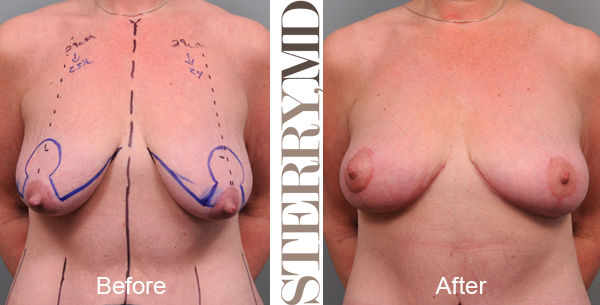
I don’t have any hard and fast rules about when I do either one, it’s more of a sense I get from the physical examination of each breast. The goal in my mind is to get the best cosmetic outcome possible, not necessarily to force the patients anatomy to conform to any particular surgical plan. Of course, the patient always has the final vote on which operation we do.
Visor Flap To Avoid The Vertical Scar
“Do I have to have that scar going down the middle of my breast?” The main scar people object to when they are considering a breast lift is the vertical line that is created below the nipple/areolar complex down to the bottom of the breast. Ironically, this is also the most helpful in creating a nicely shaped contour. However, there is an operation designed that does NOT use that incision. The “Visor” flap is rarely used and is only useful for women seeking Breast Reduction who have very large breasts where the nipple rests 7 cm (almost 3 inches) below the bottom of the breast crease. I tinkered with it a few times back in the early 2000’s, but I was never truly satisfied with the cosmetic outcomes. Furthermore, the number of people who fit the requirements is very small. This procedure has largely fallen by the waist side. My friend and colleague, Dr. Allan Parungao was more persistent than I and managed to get the operation to work with some very good success. I have one of his cases presented here:
Understanding Breast Lift Surgery
I try to help patients make this choice by explaining the issues. I show them many before and after photos of other women, I draw diagrams, and show graphics that are typically used for teaching residents how these operations are done. Once the patient has a better understanding of their own personal anatomy and can verbalize what they want after the breast lift, then we can create a surgical plan. Rarely, I have to tell them I can’t deliver the results that they want based on the limitations that they put in place on size and or breast lift scar placement. If they are unrealistic about what plastic surgery can do for them, then it’s best that we don’t work together. Sometimes I wish I was back in liposuction where patients only generally ask about the cost of liposuction and the time required to recover. Gone are the simple days for me.
Breast Lift Training Is Sometimes A Factor
Some of these decisions are dependent on the training of the surgeon. There are “purists” who believe surgeons should ALWAYS do one technique or the other. I find that the words “always” and “never” are rarely the right answer on the exam… or in life. I was lucky to have trained during a time that both major incision styles were being used. It enables me to do either operation with proclivity. The only question is which one I think is best suited to the patient attached to the breasts in question.


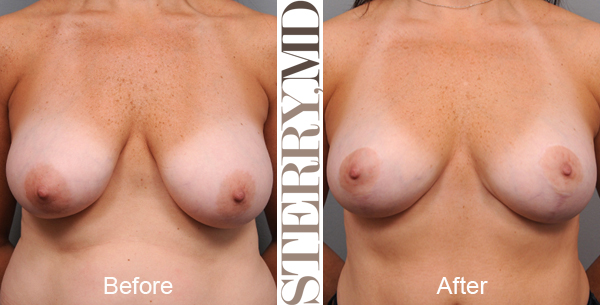
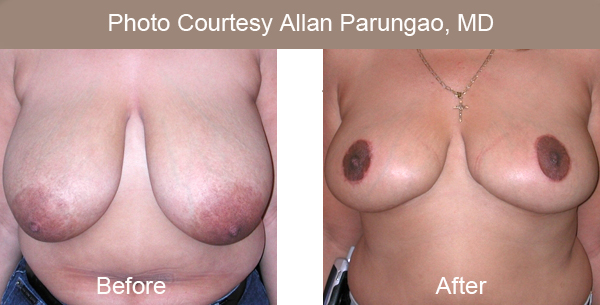
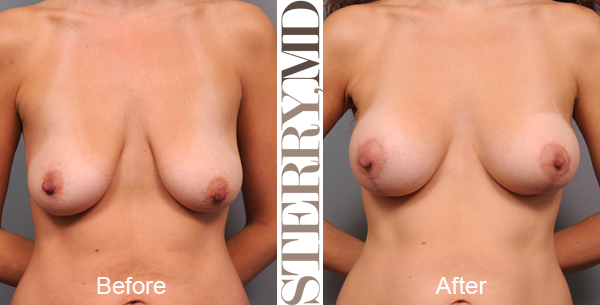


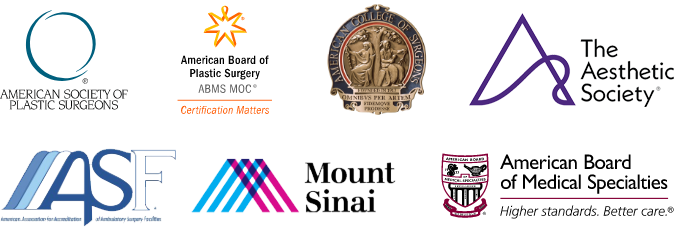
Leave a Reply